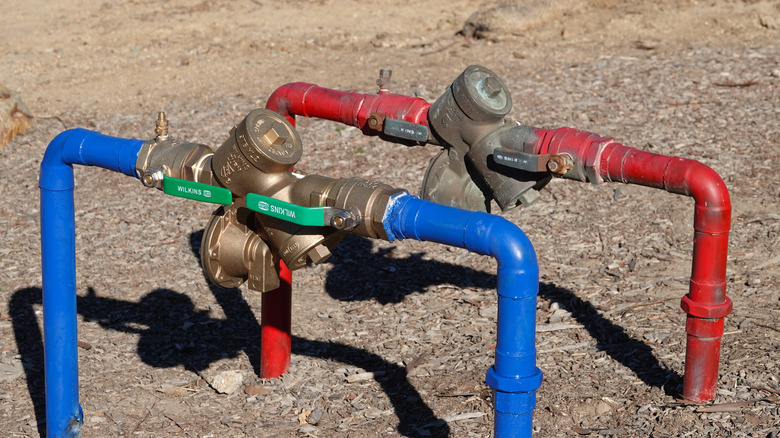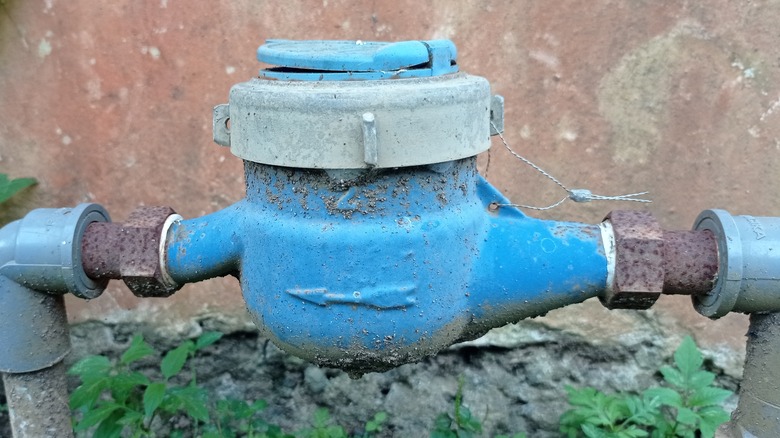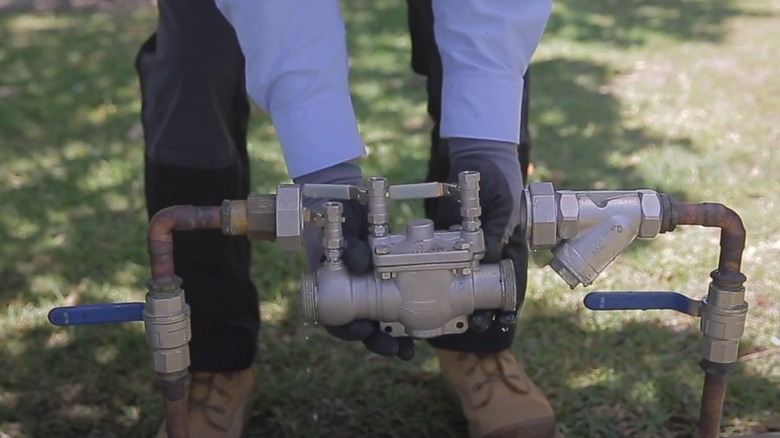Why Sewer Backflow Preventers Are Essential And How To Test One At Home
If you're preparing to become a homeowner for the first time, you have a lot on your plate. You want to educate yourself about the process and about various operational systems inside your home, including learning about the circuit breaker box and your water supply system. Although it may not be the most pleasant system to consider, you should learn about sewer systems before buying a house, too. Sewers might be gross, but you need to know how to deal with any problems they may cause.
If you have a connection to a municipal water source, one potential problem is backflow. This occurs when dirty water intended to move into the sewer system backs up and ends up mixing with the clean, or potable, water in your home. Dirty water can include contaminated or polluted water like gray water, which comes from the drains in your showers and sinks.
Backflow can occur for several reasons, including when the pressure in the plumbing system for dirty water is higher than the pressure in the supply lines for clean water, potentially leading to the two types of water mixing in the supply line. If a water main breaks or if firefighters open a few hydrants at once, it can suddenly affect the water pressure in your home, possibly causing backflow. This problem is common enough that many states require you to install a sewer backflow preventer to keep your potable water safe. Learn more about what a backflow preventer does and how you can be certain yours is working.
Understanding what a sewer backflow preventer does and where to find it
A sewer backflow preventer is a device you install on your home's water system. It stops any dirty water from flowing back into the water supply pipes that carry your potable water. Although backflow preventers are more common at commercial buildings that have fire sprinkler systems, residential customers may need one, too, depending on local regulations. Homes that have installed an in-ground sprinkler system may have one of these devices, which is necessary to prevent water in the sprinkler system that may contain fertilizers or pesticides from mixing into your home's drinking water. Check with a local plumber or with your local utility department to determine whether you need one.
To see if you have a sewer backflow preventer installed, locate the water meter at your home. If you have a sprinkler system where you use reclaimed water on the lawn, the preventer will be on your side of the water meter. It's also possible that your backflow preventer is near the main shutoff valve for your home.
For a homeowner, the sewer backflow preventer usually will be above the ground, so you or your plumber can easily access it. You'll usually see two vertical pipe sections coming out of the ground. The preventer sits in between the two pipe sections, connected to them with 90-degree angle pipe connectors. The sewer backflow preventer itself may have a shut-off valve handle or a ball valve on it.
How to test whether a sewer backflow preventer device is working
It's important to test a sewer backflow preventer annually. Because the backflow preventers have moving parts, seals, and springs that could wear out and break down, testing catches any issues and ensures that the device will work as intended if you ever need it. In areas where you have to have a backflow preventer installed, you also have to follow any local testing requirements. Even if the regulations don't require you to have annual testing, it's a good idea to test the unit annually.
Local regulations may not allow you to test your backflow device on your own and remain in compliance with the regulations. You may have to use a licensed contractor or plumber. You can expect to pay between $70 and $200 for this work. Some city inspectors may perform sewer backflow preventer testing themselves to satisfy local regulations. Plumbers typically use the same tools and testing kits as city inspectors.
If you want to perform a sewer backflow preventer test on your own, understand that these are expensive kits that can cost $900 or more. When running your own test, you must turn off the water supply and avoid using any water inside the house during the test. Match the test kit to the type of backflow preventer design that you have in place. You should follow the exact directions on the test kit to make sure you're receiving accurate results.


